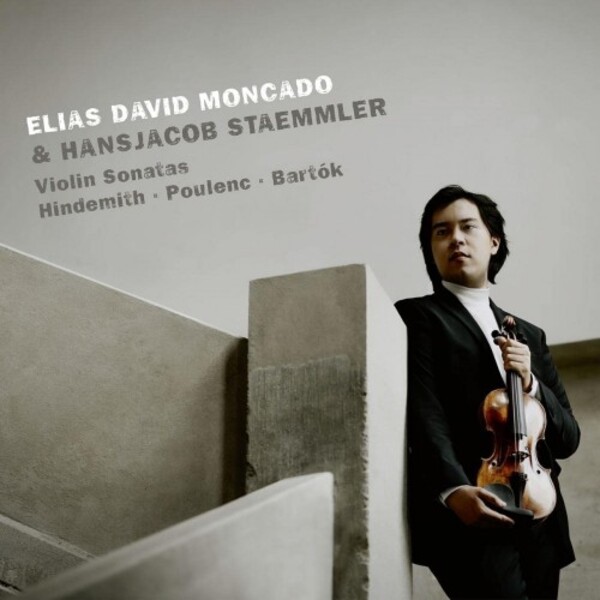
Hindemith, Poulenc, Bartok - Violin Sonatas
£13.25
In stock - available for despatch within 1 working day
Despatch Information
This despatch estimate is based on information from both our own stock and the UK supplier's stock.
If ordering multiple items, we will aim to send everything together so the longest despatch estimate will apply to the complete order.
If you would rather receive certain items more quickly, please place them on a separate order.
If any unexpected delays occur, we will keep you informed of progress via email and not allow other items on the order to be held up.
If you would prefer to receive everything together regardless of any delay, please let us know via email.
Pre-orders will be despatched as close as possible to the release date.
Label: C-AVI
Cat No: AVI8553492
Format: CD
Number of Discs: 1
Genre: Chamber
Release Date: 20th May 2022
Contents
Works
Violin Sonata no.1, Sz75 BB84, op.21Violin Sonata no.1 in E flat major, op.11 no.1
Violin Sonata, FP119
Artists
Elias David Moncado (violin)Hanjacob Staemmler (piano)
Works
Violin Sonata no.1, Sz75 BB84, op.21Violin Sonata no.1 in E flat major, op.11 no.1
Violin Sonata, FP119
Artists
Elias David Moncado (violin)Hanjacob Staemmler (piano)
About
"As an artist, I find it fascinating to observe how composers reacted to current affairs: whenever they had to deal with a totalitarian regime, persecution, resistance, or exile. Each of these three composers dealt in some special way with psychological stress and anxiety in their lives. In the Poulenc sonata I find a concealed passion, harsh brutality, and overwhelming pain. The Hindemith sonata contrasts and juxtaposes sombre, dancelike, and heroic elements. The timbres in the Bartók are incredibly elaborate, and a general mood of suffering imbues the entire work. For me, the 20th century is one of the most thrilling and drastic periods in history: this is reflected in the music. Composers took greater risks and experimented with a number of new playing techniques. I would find it hard to say which periods I generally find easier or more difficult. Each style has its own particular challenges; still, I generally manage to develop a good rapport with all the pieces I work on. Works of the 18th and 19th centuries are evidently more often performed and recorded than those of the 20th. The great number of 'benchmark recordings' of works of the 18th and 19th centuries means that you tend to be compared with those interpretations and placed under greater scrutiny. Certain personal approaches adopted by famous artists have become widespread. In works of the 20th century, however, I feel a much greater artistic freedom." - Elias David Moncado
Error on this page? Let us know here
Need more information on this product? Click here